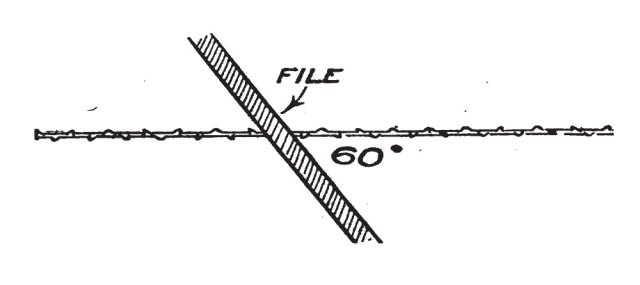This is an excerpt from “Grandpa’s Workshop” by Maurice Pommier.
The darkest corner of Pépère’s shop both fascinates and frightens me. It is full of spiderwebs and dust. It is there that Pépère keeps the tools he doesn’t use anymore.
It’s also the place he keeps the odds and ends of things he calls his “couldcomeinhandy’s.”
He says it would be a terrible idea to clean the corner, because the elves would be furious. Grandma says he should be ashamed it is such a mess, and that he could easily clean up that shambles. Pépère just chuckles.
Today I came in earlier than usual. I brought a flashlight to look through the jumble of things in the corner while Pépère had gone to break his bread. I discovered a big blue chest. When Pépère came back into the shop, I tugged on his sleeve and asked him what it was.
— It’s Pépé Clothaire’s tool chest, he said, tapping his finger on the chest.
— Tool Chest?!?
— Pépé Clothaire’s chest was handed down from his grandfather, and certainly from the grandfather of his grandfather!
Pépère wrinkles his nose a bit, and he tugs on his mustache.
— Wow! It must be incredibly old! Open it! Show me what is inside!
Pépère goes to the keyboard on the wall and picks up a little key among the many hanging on nails there, and he makes a little space around the chest. He turns on the light and with a broom sweeps the dust off the top of the chest. The key goes cric-crac in the lock.
When he opens the chest, Pépère’s eyes shine. He shows me the underside of the top where the big English saw had been stored. Then he pulls out the tools and arranges them on the floor of the shop, and he teaches me the names of them all:
— Wow, Pépère, they are a little rusty…
— Yes, and they are covered with dust that tickles your nose. You see, here are almost all of your Pépé Clothaire’s tools, all that he needed to build the roof structures of churches, of castles, and of houses. But there is one missing…Wait a second, I think that it is over here, it was too long to fit in the chest.
He wipes his nose and rummages around in the corner of the woodshop. He returns, peeling oily rags off a long, strange tool.
— Is is the besaiguë of Pépé Clothaire, Pépère tells me before I can ask him what it is. The ends of the tool are protected by leather sheaths. He takes them off to show me:
— On one end you have a big chisel, like a slick, and on the other a mortise chisel. To cut a mortise, the carpenter would drill a series of holes into a beam , and then use the besaiguë to finish the square hole in the wood. He also used it to shape the pegs used to pin the joints, and when he wanted to show off, he would even use it to sharpen his pencil!
Pépère shows me how he can use the besaiguë to shape a peg from a scrap of oak.
— Pépère, who did the besaiguë belong to, before Pépé Clothaire?
Pépère’s face falls a little, and he says he will tell me about that later. Because he needs to put the tools away, because he has some work to do, and he isn’t going to do it alone. I help him put Clothaire’s tools back away in the chest. Pépère takes the angel’s head and looks at it, frowning, and stuffs it down deep into the chest.
— MB





















